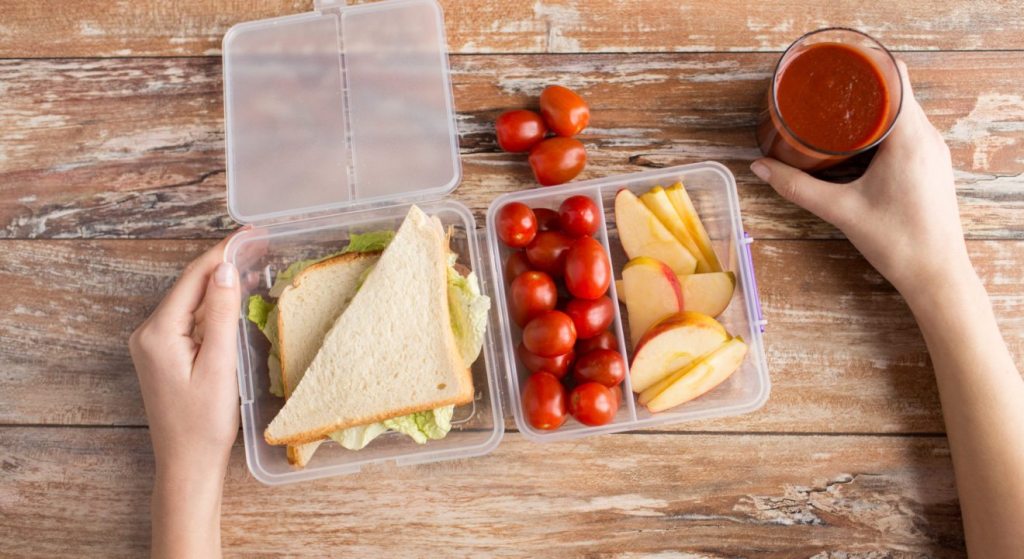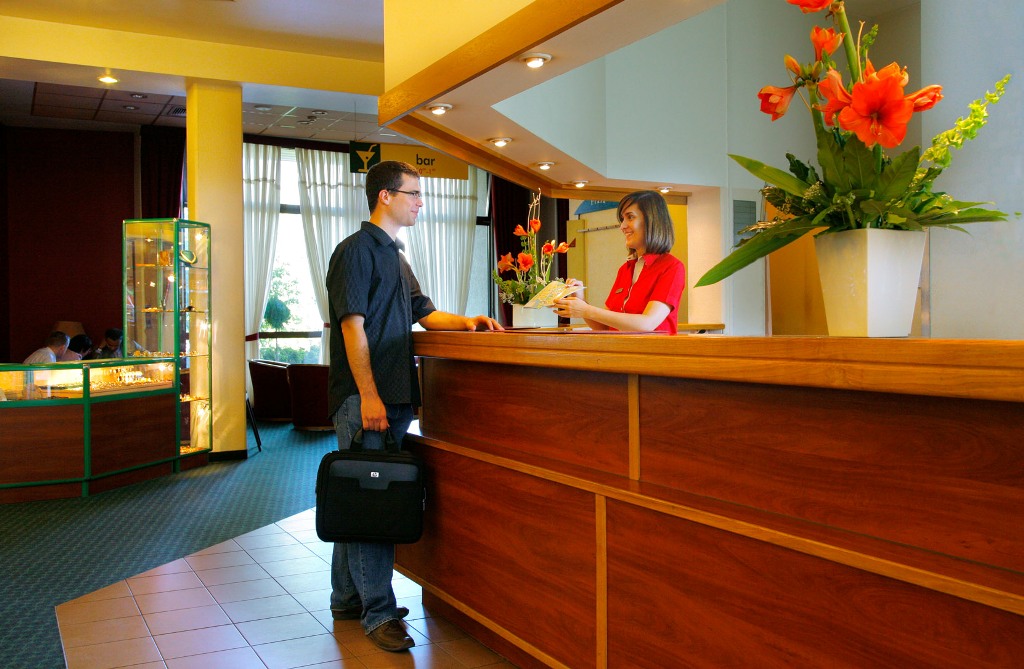A hotel in Cedar Rapids, Iowa, was audited a few years ago to see how much food waste it produced. The hotel owners prided themselves on their green principles, and so they were shocked to find out that 80 percent of the hotel’s trash could have been diverted out of the landfill and turned into compost.
For the average hotel, food waste can account for 28 percent of total waste. Just over half of food served at hotels gets eaten.
That impacts more than just the hotel’s bottom line — it affects the environment. And it isn’t just hotels that are to blame. Up to a third of food in the world gets wasted by either rotting or being thrown out, according to the Food and Agriculture Organization of the United Nations.
A staggering 19 percent of waste that winds up in landfills is food. Food left rotting in landfills produces methane, a gas that has 21 times the global warming potential of carbon dioxide, according to the EPA. Reducing food waste will help the United States address climate change, as 20 percent of total U.S. methane emissions come from landfills.
Pretty bad, right? Households, businesses, and hotels all play a part in reducing food waste, but you can play your part when you’re traveling, too.
Select a hotel that prides itself on reducing food waste

The cost savings of going green has led most hotels to take some sort of environmentally conscious steps forward, but food waste is often one of the last things to change. According to Champions 12.3, a coalition dedicated to sustainability, that’s because hotels don’t always recognize the economic benefit of reducing food waste.
Marriott International is one example of a large chain of hotels committed to reducing food waste, according to studies conducted by the Rockefeller Foundation. Hilton and Hyatt have taken steps in that direction as well. Not sure if your chosen hotel cares about food waste? Just ask them about their policies.
Order small portions
Starting out small when you’re ordering a meal at a hotel is a great way to reduce food waste. You can always order more later, but often a hungry traveler’s eyes are bigger than their stomach. A report by Sustainable America says that portion sizes have increased tremendously over the past three decades — around eight times more than what the USDA recommends! Seventeen percent of the average restaurant meal doesn’t get eaten, 55 percent doesn’t get taken home and 38 percent of what’s taken home is never eaten. So, order small.
Bring a lunch box with you
If a restaurant doesn’t offer smaller portions, go ahead and pack up half of it in a lunch box. Bringing your own lunch box with you cuts down on plastics and other trash. Eat the leftovers for lunch the next day. Most hotels have small fridges where you can store your food, but if your room doesn’t, you can usually place a couple of bags of ice on it overnight.

Share entrees.
Don’t want to deal with taking your food with you? Split your dinner with a traveling buddy! You may not always save money — some restaurants charge for an extra plate — but it’s less food that gets scrapped.
The EPA has a goal of reducing food waste in half by the year 2030. Individuals, businesses and organizations can all play a part and take active steps to care for the environment. The EPA has a list of ways everyone can manage their own food waste, whether at home, work or traveling.
Author: Crystal Huskey
Bio: Crystal Huskey is a content writer at PTACUnits.com, an online retailer of new and reconditioned PTACs, along with a full range of parts and accessories.




